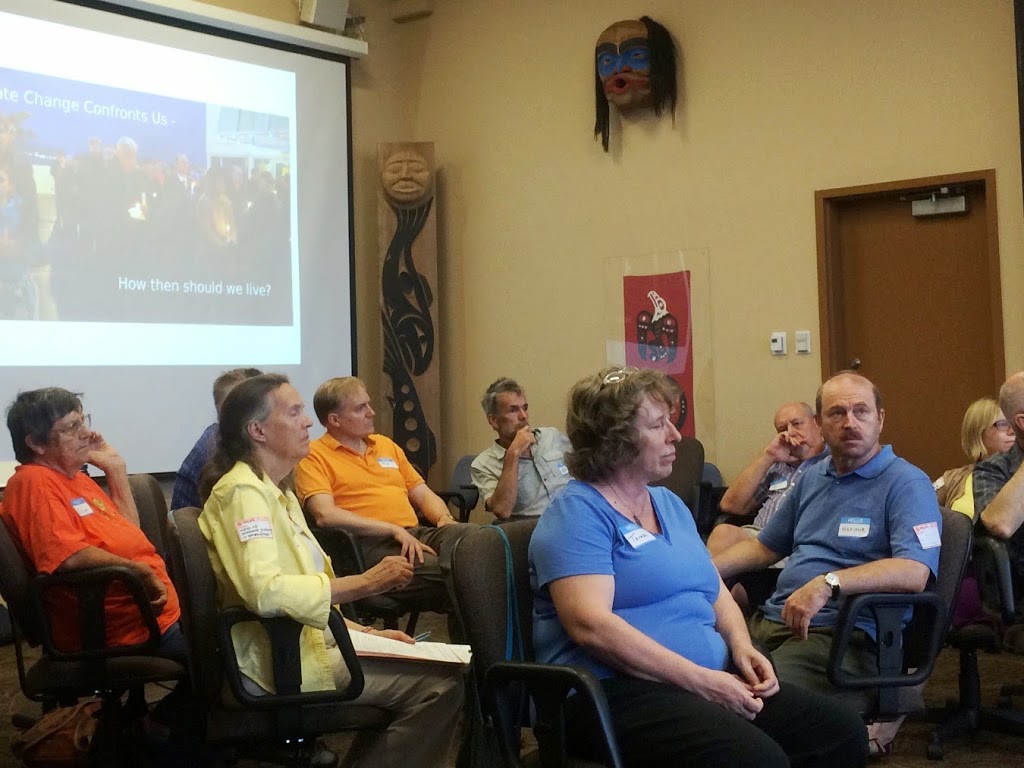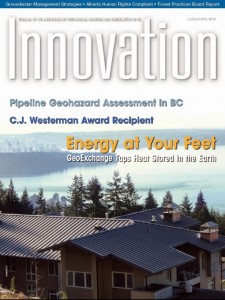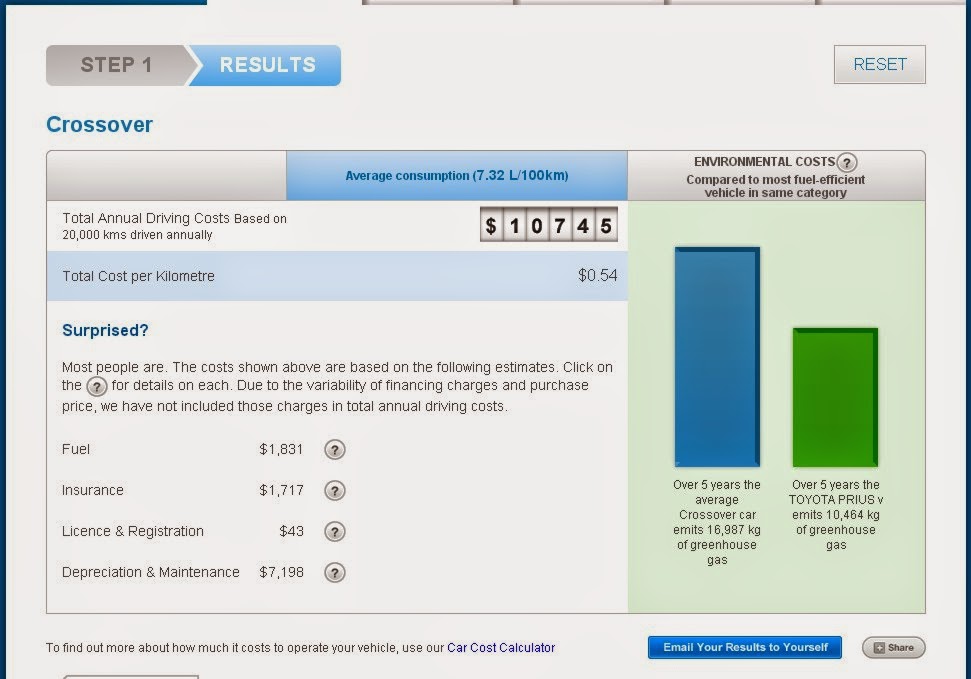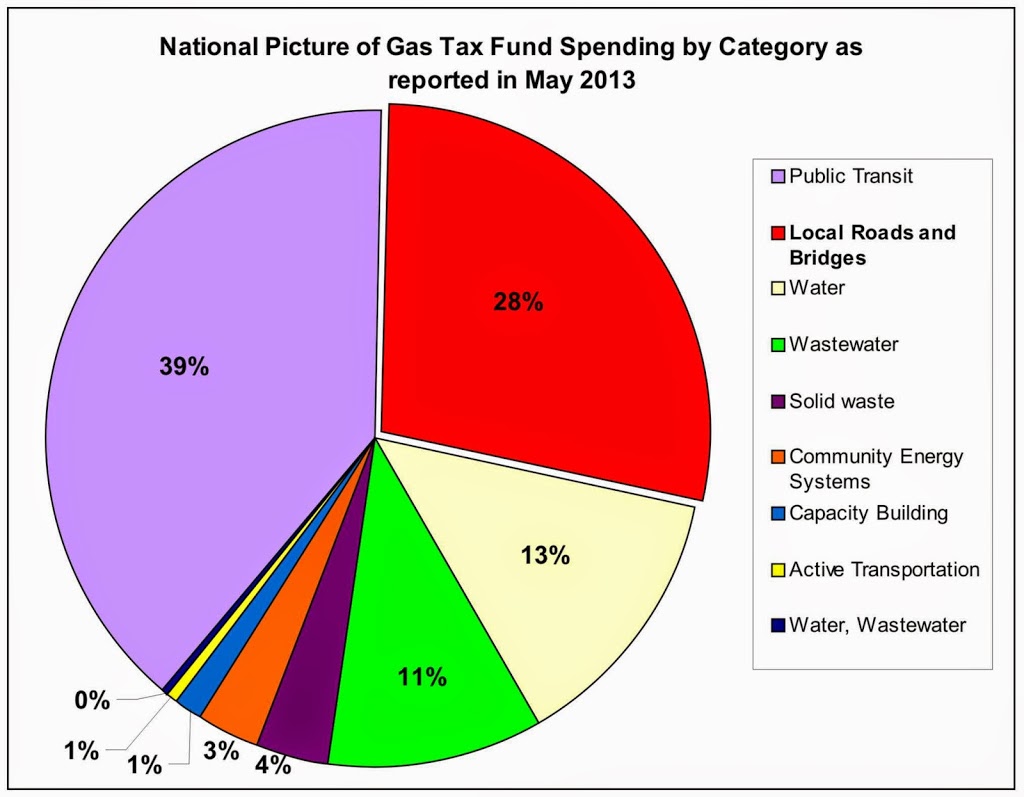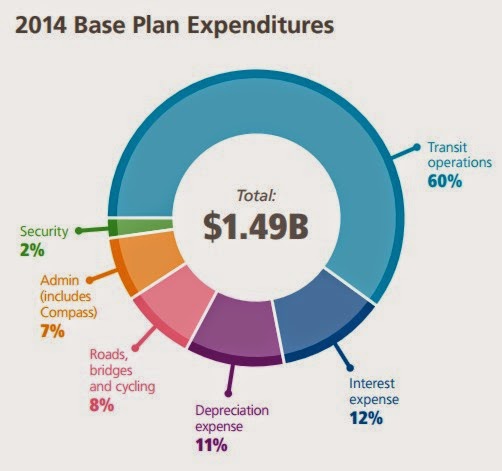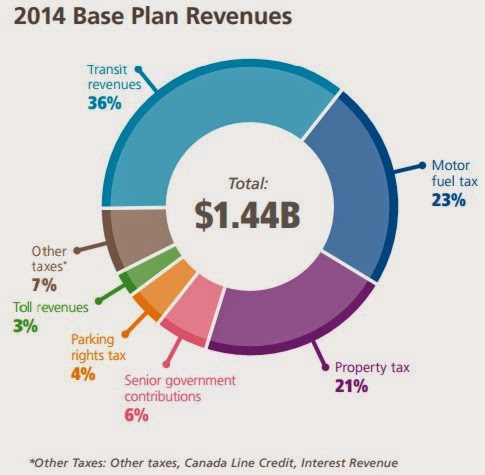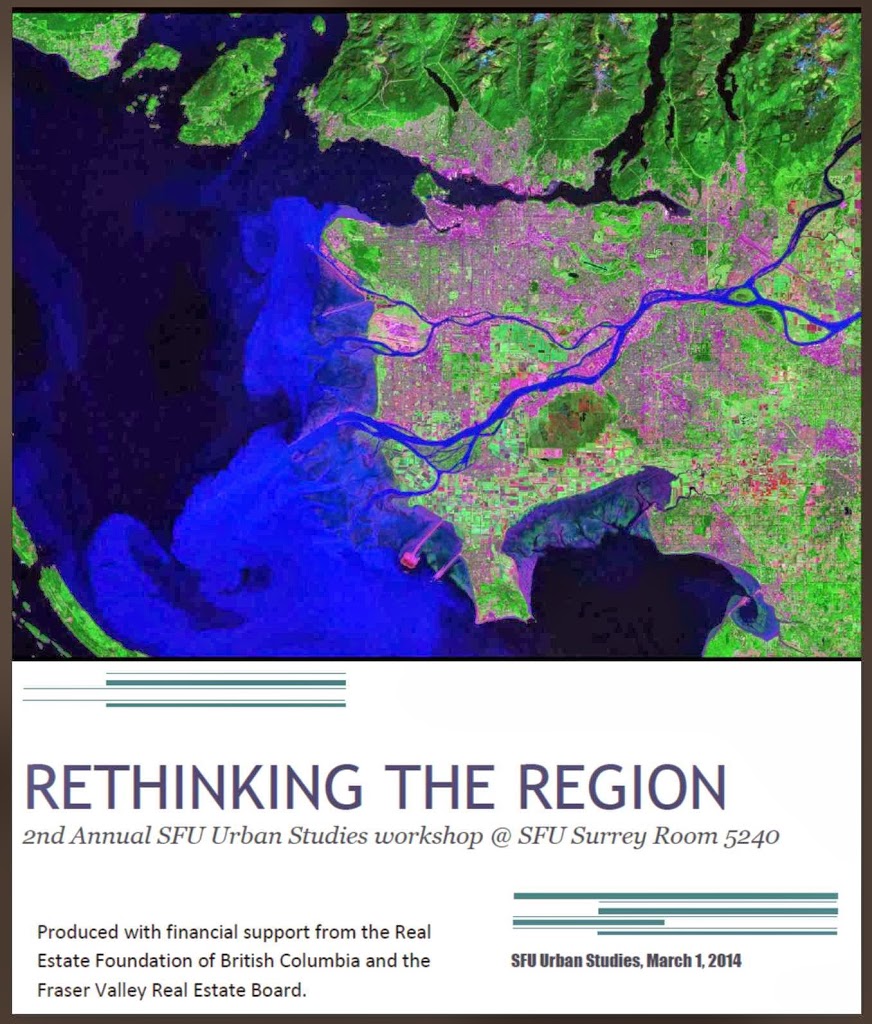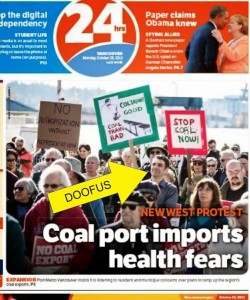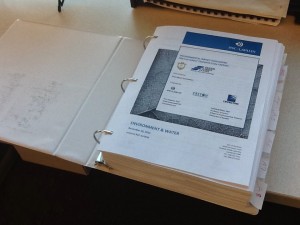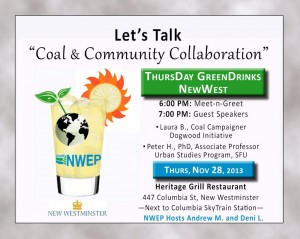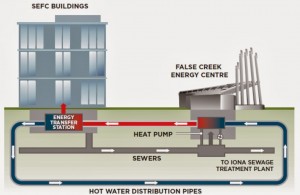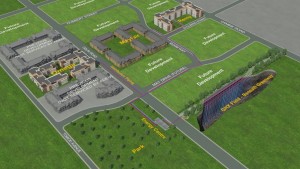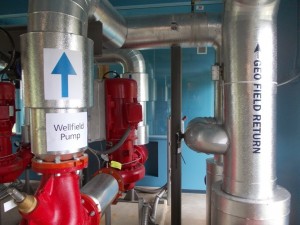The announcement that Fraser Surrey Docks had been approved to ship crappy thermal coal from the Powder River Basin through the Fraser River was not really a surprise, but it was disappointing. During these long drawn out policy discussions, it became clear then very few people in British Columbia agreed with the plan. Every single Municipality that responded to the project, from the US Border to the Fraser River to Texada Island, was against it. Every First Nation that expressed an opinion was against it. Academics, economists, even our regional health officials; people were lining up to raise concerns about this project. This is one of those rare occasions where James Crosty and I agreed on something*. How did it get approved?
Someone suggested that this project “fell through the cracks” between Federal and Provincial Environmental Assessment legislation and the other checks that might have allowed meaningful public input. That is not true. There was no “falling” involved. It was instead jammed firmly into a huge crack that was ripped into the legislation meant to protect our fisheries, our air quality, and our climate in such a way that no amount of public outcry could close the crack again. This was not a mistake or an oversight on the part of the Federal Government- this was part of the plan.
This is also an example of why the public no longer trusts public consultations. Unlike recent consultations by TransLink over the Pattullo Bridge, the Port’s consultations were not meaningfully reported out. They admitted that had received feedback from thousands of people, but they won’t admit that vast majority of that feedback was in the form of opposition to the project for a variety of reasons. Yet somehow the project was approved after these “consultations”. Why even bother asking?
Coincidentally (except it probably isn’t a coincidence), there was other coal news this week, likely just as important, but with much less fanfare here in BC. Turns out yet another proposal to build a coal terminal in the Pacific Northwest to move Powder River Basin thermal coal to jurisdictions where it is still legal to burn it has been rejected by state legislators, after significant political pressure from local Tribal groups, fishers, environmentalists, and community persons who are starting to feel the ethical debate around Climate Change. This brings to a half dozen the number of terminal proposals rejected or indefinitely delayed in the last few years in the Pacific Coast, none of them in Canada.
This is, of course, putting pressure on American coal producers, and is creating some interesting adaptations. For example, American coal industry giant Cloud Peak Energy just last week signed an agreement with the Canadian coal producer Coal Valley Resources, where Cloud Peak pays their Canadian competitor $37 Million to ship the Canadian product north through Prince Rupert. This would free up space at Westshore terminals at Port Metro Vancouver’s Roberts Bank terminal that was allocated for the Canadian coal, so Cloud Peak’s dirty Powder River Basin coal can be shipped through Canada. No Environmental Assessment needed.
It was only a few days ago that the New Westminster Environmental Partners had Kevin Washbrook from Voters Taking Action on Climate Change give an inspiring talk at the stunning Aboriginal Gathering Place at Douglas College. He spoke eloquently about climate change as a moral imperative. The message was clear: Climate change is happening right now, we are causing it, and the results are unpredictable, but almost certainly dire. The more detailed message was about “now” means we keep blowing past the worst predictions of the rate of change we while governments blithely let pass their own commitments to act; how “we” is the richest nations on earth, with Canada and Australia embarrassingly leading the charge; and how the most dire consequences are already being felt in the poorest nations that cannot afford to adapt, and had virtually nothing to do with creating the problem.
But that wasn’t all that took place, because we had a group of a few dozen people who discussed the problem, and talked about the solutions they can see, some in the far distance, some accessible right now, some we are already well into adopting. There was talk of hope: not the type of hope where you sit and wish something would happen, but the kind of hope that if you and everyone around you gets to work, it is inevitable that it will happen.
At this point, with global CO2 blowing through the 350ppm, then 400ppm barriers, the idea that we can limit climate change to a planet-altering 2 degree Celsius warming has gone away; at this point we need to stop much worse levels of warming. No-one is suggesting we can fix the problem anymore, we are now working on how to limit the problem so the impacts are manageable by the next and not catastrophic.
It is late, but not too late. The challenge is real, but it is doable. And British Columbia is one of the most important fronts in this battle. British Columbia is choosing (and yes, it is a choice among many other possible paths) to become a conduit for the acceleration of carbon into the atmosphere. We are seeing pipelines, coal ports, and massive increases in natural gas extraction: all with the intent of making burning carbon for all of our energy needs more affordable through lax regulation and unaccounted environmental impacts so that the practical and reasonable alternatives that exist will not be exploited. For a shitty few jobs (and yes, the Carbon Economy in British Columbia is less that 3% of our GDP, and accounts for less than 1% of our employment) we are helping a few profiteers rake in cash by making the world a less safe, less stable, less liveable place for the next generation.
We need better leaders. We need more accountable Governments. We need a vision to stop destroying the future and start building it.
*James and I have some fundamental differences about the reasons for opposing this proposal, and I took a bit of a humourous dig at his comments in an earlier version of this footnote. In hindsight, it was an unnecessary and not very nice, so I retract.

